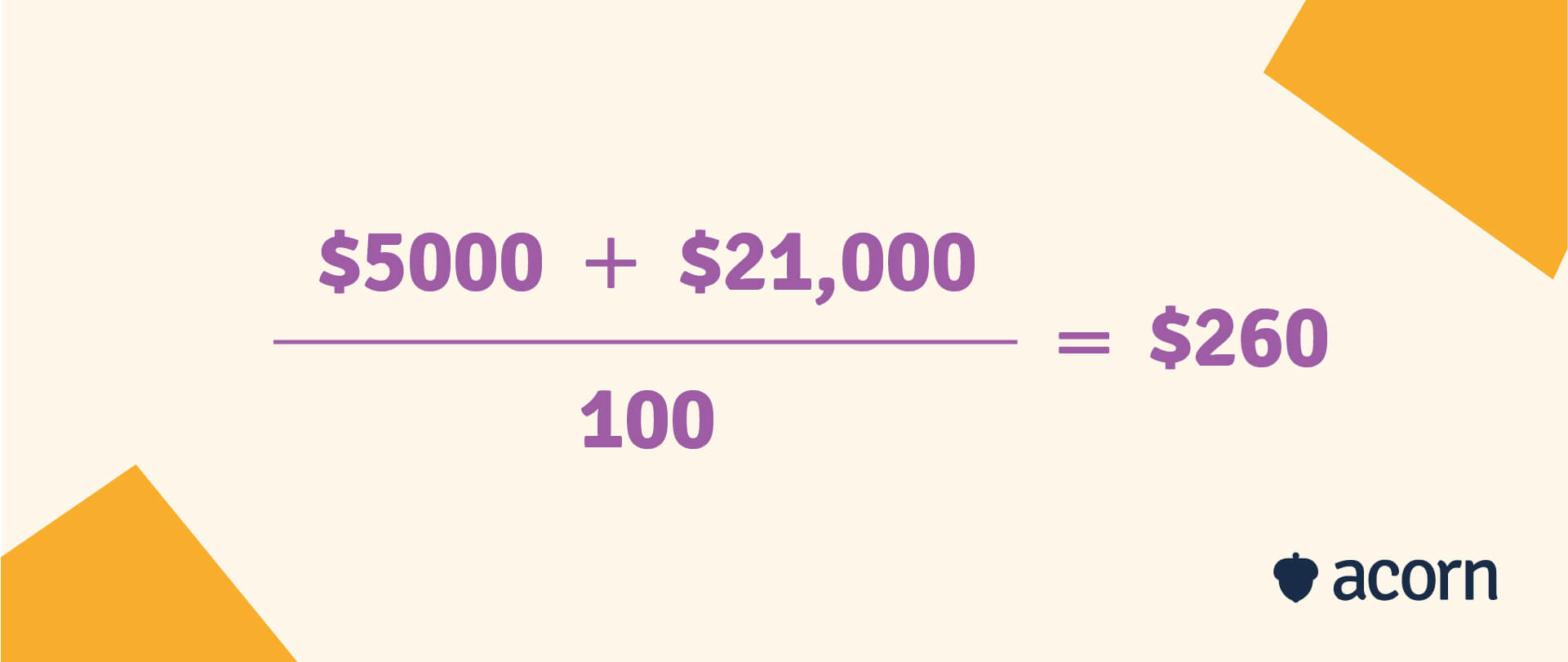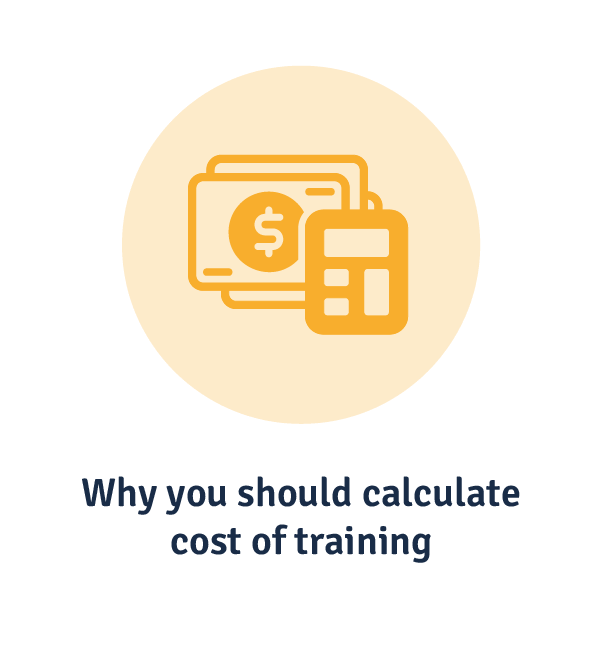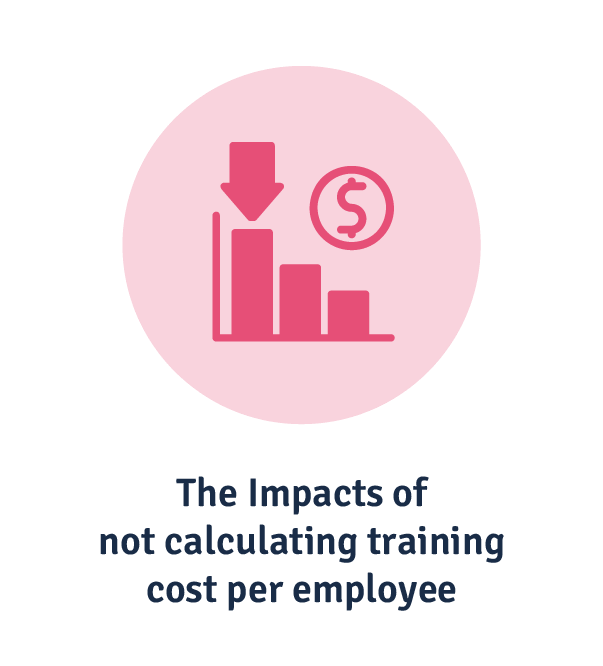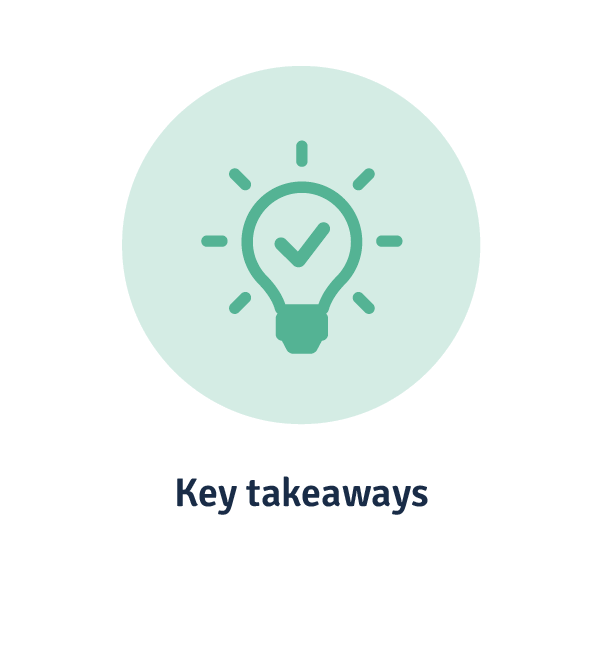To understand your training ROI, you first need to understand what your total training costs are, potential hidden costs and the effectiveness and value of your training program. This is where knowing your training costs per employee come into play, highlighting where you’re getting value for money on employee training, or where you’re overspending.
What does training cost per employee mean?
Your training cost per employee is an L&D metric calculating the amount of money your organisation invests on training each employee, whether for professional development or onboarding purposes. Understanding employee training costs enables smarter decision-making, meeting strategic goals, and justifying and setting L&D budgets.
Why you should calculate cost of training
Is calculating the cost of training employees worth it? For many, it’s a metric that isn’t as important as others like training effectiveness or knowledge retention. But these metrics on their own can’t show the full extent of ROI or training efficacy—rather, they need to be used in tandem to show the full picture of training efforts.
Take your training expenses per employee, for example. They’re important to understand in the name of talent development and cost effectiveness to ensure employee training programs are as efficient as possible. But that information on its own doesn’t do much to justify L&D spend or prove ROI, and as such, is better used in combination with other metrics.
When you link a number of metrics like training effectiveness and ROI with cost per employee, it paints the bigger picture: How much was spent on each employee’s training compared to how effective it actually was for your organisation. This is why we at Acorn have pioneered the first performance learning management system (PLMS), which links L&D to performance. With a PLMS, you can empower employees to excel in precisely the ways that positively impact business outcomes.
This all helps in justifying training budgets to business leaders, assisting in future resource allocation and ensuring you’re getting good value for money from your training. Down the line, you can move resources from less effective training programs to the ones that provide the most value in developing your workforce capabilities.
The average training cost depends on how much training your employees need (whether they’re a new hire or a current one in need of upskilling). And, if you compare the costs of your development programs to how you’re tracking in your training and development goals, you’ll have a clearer picture of the value for money you’re getting.
Training cost per employee formula
Employee training cost is typically calculated with one simple formula: The total cost of training divided by the number of participants.

So, what contributes to the cost of training? Your training expenditures go beyond the cost of a single training program. It includes “hidden costs” like:
- Training materials. Workbooks, handbooks, printouts—any resources given to employees to use during the training process. If you offer remote training, this will also include any online or shared resources and files.
- Instructor fees. When you utilise instructor-led training, this is the cost of hiring trainers, consultants, speakers, or other professionals who provide their expertise to lead your training programs.
- Training method. Is your training offsite? Onsite? Are you using on-the-job training? If you’re using online options, are you using an LMS?
- Venue costs. If your training takes place out of the workplace, you’ll likely have to pay for a venue. Aside from the physical place itself, you might also have to rent or buy equipment (such as audio-visual gear) that’s needed to conduct the training.
- Employee time. Employees expect appropriate compensation and benefits for training, which can significantly cut into their productive hours. This includes hours spent at training and time spent travelling to get there, if it’s offsite.
- Administrative costs. Insurance, equipment, supplies. If your employees are required to travel somewhere, you’ll have to think of accommodation, travel and even catering costs.
Let’s say you keep it simple and purchase an LMS with all its materials to deliver your course. You don’t need to cover venue, travel, insurance or instructor costs, but you do need to compensate your employees for six hours of training.
If the price of the LMS and course is $5000, and you have 100 employees who earn $35 an hour for six hours of training, then your total cost of training is $26,000. When you divide that by the number of employees who participated in your training program, that brings your training cost per employee to $260.

The impacts of not getting this right
In the end it all comes down to two critical things:
- Productivity loss
- A hit to your bottom line.
Not understanding the cost of training has snowball effects on the rest of your business, from how well you allocate time and resources to how satisfied your employees are with their roles and development opportunities.
When you don’t know your training spend per employee, you won’t be able to calculate your training ROI. This leads to a loop of poor decisions and results, because when you don’t know the cost of training employees, you’ll:
- Miss opportunities to allocate resources or budgeting to make training more cost-effective or efficient.
- Be unable to accurately evaluate training to ensure learning retention, the quality of learning content, and the program’s success.
- Potentially provide inadequate training. That only allows poor performance to fester and negative perceptions of L&D to grow, making it hard to ensure learner engagement for future initiatives.
- Experience higher employee turnover. Employees are ten times more likely to look for a new job if they feel that their skills aren’t being put to good use in the workplace. 79% of L&D professionals agree that it’s less expensive to reskill the workforce than it is to hire new ones, and Gallup found that the cost of replacing an individual employee can cost anywhere from half to two times the employee’s annual salary.
Key takeaways
On its own, the cost of training per employee doesn’t shed much light on the efficacy of training efforts in the way that measuring training effectiveness, knowledge retention, or ROI do. But when used alongside those metrics, you’ll see a clearer picture of your overall training activities and how they generate business impact.
If you measure training cost per employee as a step in finding your training ROI, it ensures you’re getting the best value for money from training programs to build business capabilities that drive success.
Related Reads on This Topic

How to Measure and Prove ROI in Training & Development
ROI in training is crucial for measuring the business impact of training. We dive into how to calculate it for your training program…

How to Use a Training Needs Analysis to Determine Training Effectiveness
A training needs analysis highlights the capability gaps your current and future organisation. We look at how it determines training efficacy…

How You Should Measure Learning Engagement for L&D ROI
When it comes to learning engagement, it’s more about the quality than the quantity. We’ll look at the metrics to use and which to avoid…




